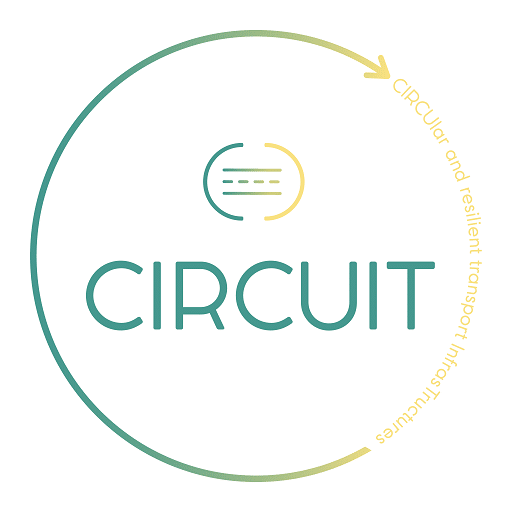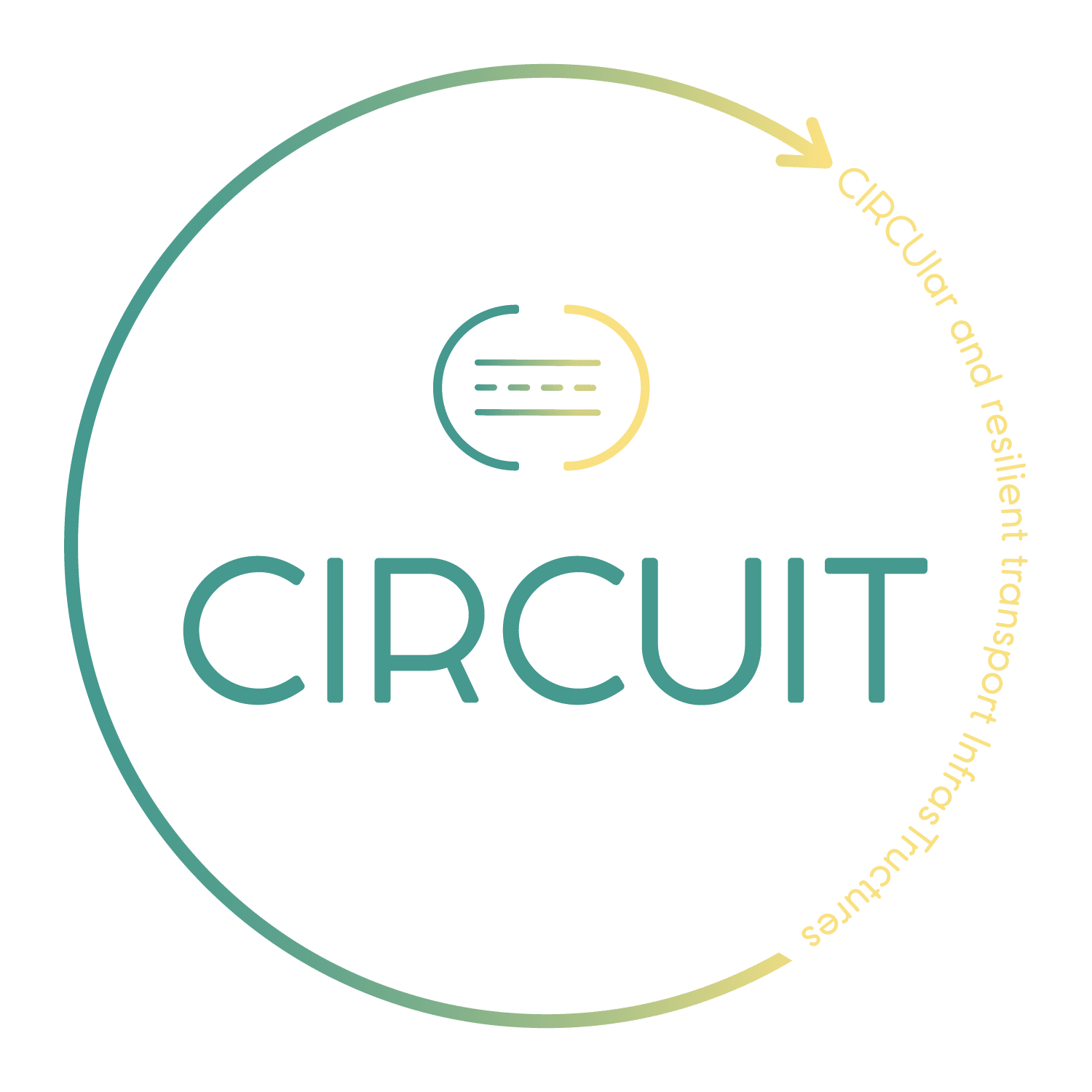
Green Public Procurement (GPP) is defined in the Communication (COM -2008- 400) “Public procurement for a better environment” as “a process whereby public authorities seek to procure goods, services and works with a reduced environmental impact throughout their life cycle when compared to goods, services and works with the same primary function that would otherwise be procured.” ( source https://green-business.ec.europa.eu/green-public-procurement_en )
IPP stands for Innovation Public Procurement. Innovation procurement includes
• the development of innovative solutions through the procurement of research and development services
•the procurement of innovative solutions that are not yet available or do not exist on the market
• the procurement of innovative solutions that do exist, but are not yet widely available on the market
(source https://single-market-economy.ec.europa.eu/single-market/public-procurement/strategic-procurement/innovation-procurement_en )
An environmental product declaration, or EPD, is a document which transparently communicates the environmental performance or impact of any product or material over its lifetime.
The circular economy is a model of production and consumption, which involves sharing, leasing, reusing, repairing, refurbishing and recycling existing materials and products as long as possible. In this way, the life cycle of products is extended. ( source : https://www.europarl.europa.eu/topics/en/article/20151201STO05603/circular-economy-definition-importance-and-benefits )
LCA stands for Life-cycle assessment. Life-cycle assessment (LCA) is a process of evaluating the effects that a product has on the environment over the entire period of its life thereby increasing resource-use efficiency and decreasing liabilities. (source: https://www.eea.europa.eu/help/glossary/eea-glossary/life-cycle-assessment
FAI (Full Adaptive Installations) are systems that regulate lighting conditions according to several factors: not only the traffic, but the weather conditions and general luminance are measured in real time. Here, the standard includes a 3-level downgrade system to increase energy savings as long as the system monitors not only the traffic, but also the parameters required to operate the system.
The Construction Products Regulation (CPR) lays down harmonised rules for the marketing of construction products in the EU. The Regulation provides a common technical language to assess the performance of construction products. It ensures that reliable information is available to professionals, public authorities, and consumers, so they can compare the performance of products from different manufacturers in different countries. (source : https://single-market-economy.ec.europa.eu/sectors/construction/construction-products-regulation-cpr_en )
A Digital product passport is a digital record that will offer information about a product’s environmental impact by containing relevant and comprehensive information about its lifecycle. The DPP will ensure more transparency about the potential environmental impact of a product.
A digital twin is a virtual representation of an object or system designed to reflect a physical object accurately. It spans the object’s lifecycle, is updated from real-time data and uses simulation, machine learning and reasoning to help make decisions.
